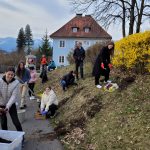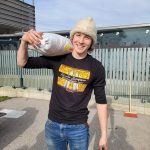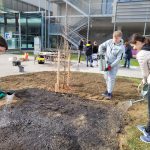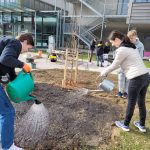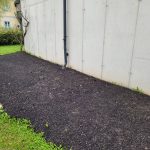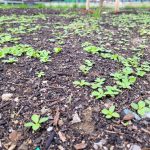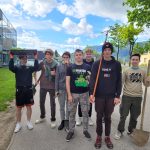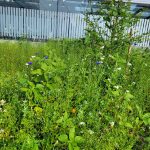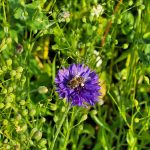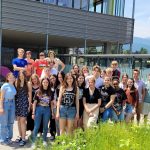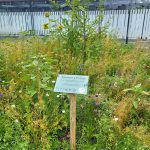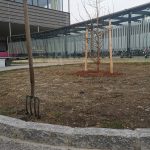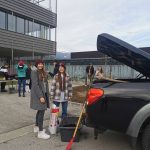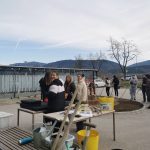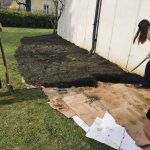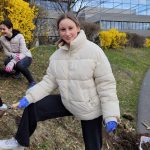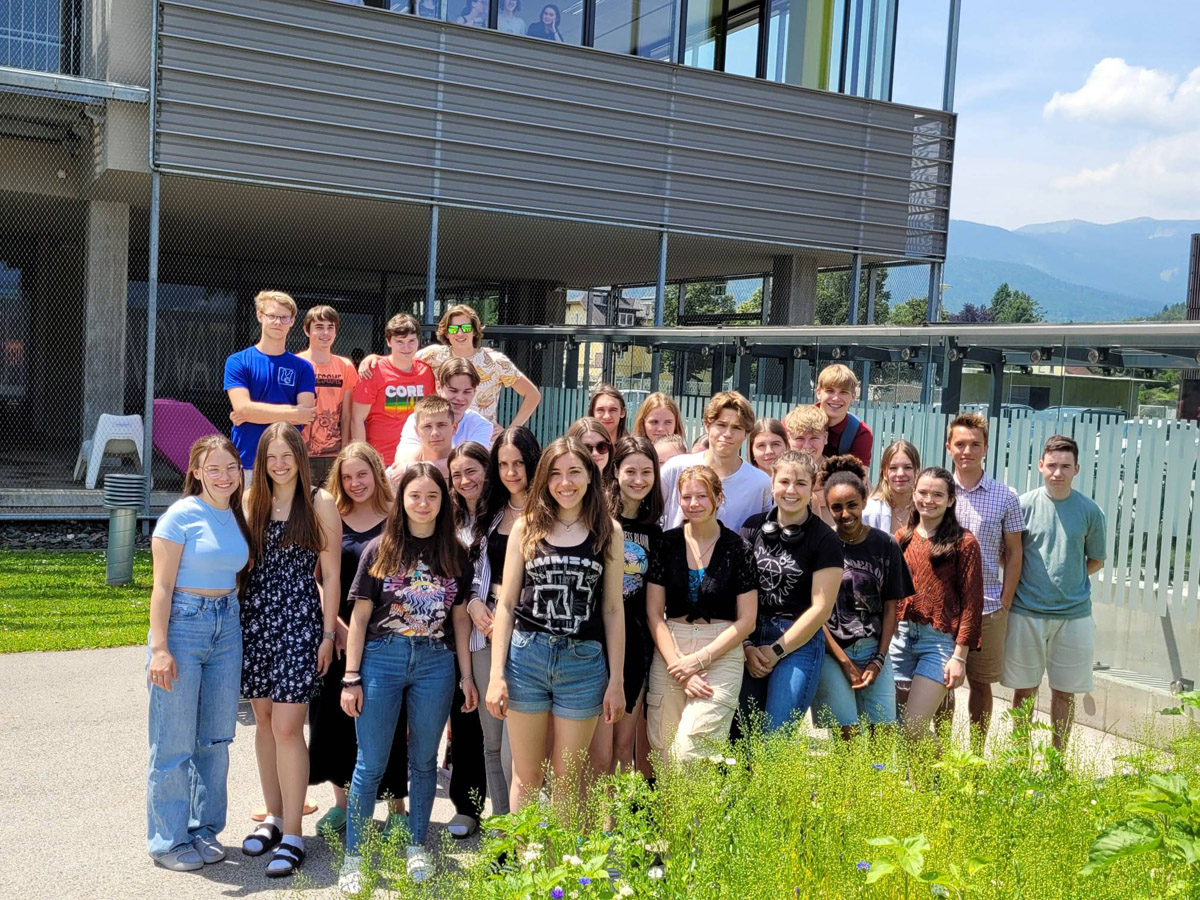
07 Juli 7A’s and 7B’s “Flowers 4 Future” project
Austria is known for its diverse landscape and consists of various main regions, such as the mountain ranges of the Alps, the Granite and Gneiss Plateau of the Bohemian Massif in the northern part of Austria, or the forelands and basins in the East and Southeast. The Alps cover a significant portion of Austria’s territory (more than 60%), and its highest peaks are topped by glaciers. Although the Alps are intensively used for agriculture, forestry and tourism, certain areas are only minimally managed and are defined as National Parks. National Parks, however, are not only found in the Alps, but also in other regions of Austria. One of these National Parks is “Nationalpark Neusiedlersee-Seewinkel”, which is located in the Pannonian Plain in the East of Austria. It is known as one of the most important bird reserves in Europe. Apart from these natural and semi-natural areas in the National Parks, agricultural land, which covers approximately one-third of Austria’s territory, also plays a crucial role in preserving biodiversity.
Austria boasts a rich variety of flora and fauna. The country is home to around 3,000 plant species, 8,000 lower plants, 10,000 fungi, and 46,000 animal species. Among the animal species, insects make up the majority, with around 37,000 insect species. However, Austria has been experiencing a dramatic biodiversity loss in recent decades. One reason for that is the decrease in agricultural land totaling 1,040 km² between 2001 and 2012. More than two-thirds of the converted agricultural land has been transformed into transportation and living areas, while one-third has become forested. Vorarlberg stands as an exception to this trend, being the only province in Austria that has not experienced significant agricultural land loss.
This biodiversity loss is also visible in various parts of Carinthia and the surroundings of Villach. In 2010, Villach Land had 4.07kha of forests, extending over 73%of its land area. In 2021, it lost 7.77ha of those forests. Furthermore, in the past decades, annual precipitation amounts have declined significantly, and the region has been affected by water shortages during hot summers several times.
All of the above-mentioned factors and the visible changes in the environment encouraged us to create a project for the “IBC project day” to enhance biodiversity on the school grounds. The aim was to make the school greener by planting various types of seeds and flowers. We worked on this project in various groups, with one group researching local plants and seeds suitable for the school’s environment, and another group evaluating the garden space and creating a map. We also studied the benefits of creating green areas and made a plan for the types of seeds to plant. One group also made seed bombs that would break down and allow seeds to germinate when in contact with moisture.
On a designated “gardening day,” we went to the school’s garden area and turned two plots of land into flower beds. We also planted some pre-grown local plants into the slope area next to the sidewalk to increase the variety of flowers growing there. Now, at the end of the school year, we are excited to see new plants sprouting every day and we are proud of the positive impact our project has had on the school’s ecosystem.
Our gardening project demonstrates how individuals can have a positive and lasting impact on the environment. By planting seeds and creating seed bombs, we have not only beautified our school, but also contributed to a more diverse ecosystem on the school grounds. Austria, with its various landscapes and climates, hosts a rich array of plant and animal species, and it is crucial to preserve as much natural land as possible to fight against biodiversity loss.
Written by Marie, Anna, and Helena, from 7A





